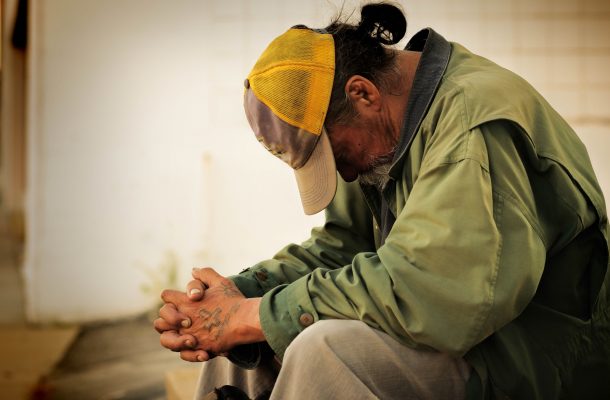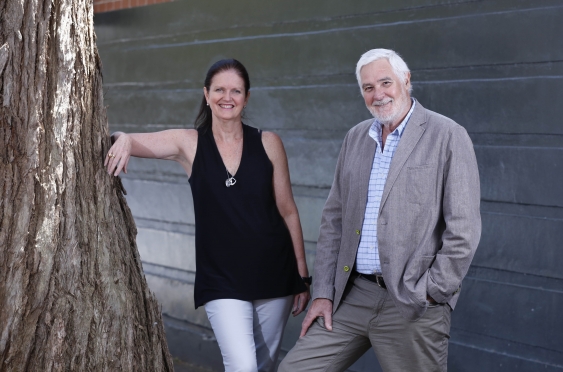3 million Australians live in poverty

A new analysis by the UNSW Sydney Social Policy Research Centre and the Australian Council of Social Service (ACOSS) shows national poverty rates remain high despite Australia experiencing decades of uninterrupted economic growth.
The Poverty in Australia 2018 Report, launched by ACOSS CEO Dr Cassandra Goldie at the National Press Club in Canberra to coincide with Anti-Poverty Week, finds there are just more than 3 million people living below the poverty line, including 739,000 children.
In Australia, the poverty line is defined as a single adult living on less than $433 a week, or $909 for a couple with two children. The report finds that one-in-eight adults (13%) and more than one-in-six children (17%) are living in poverty. Many of those affected are living in deep poverty – on average $135 a week below the poverty line.
Those experiencing poverty at the highest rates are those unable to find paid work, relying on government allowances – Youth Allowance (64%) and Newstart (55%). A major source of child poverty is the high poverty rate (32%) among sole-parent families, who must generally rely on a single income.
Lead researcher, UNSW Professor Peter Saunders, Research Chair in Social Policy at the UNSW Social Policy Research Centre, said though the Australian government has joined other nations in adopting the United Nations’ Sustainable Development Goals – a blueprint for addressing 17 global challenges from poverty to peace and justice – Australia is a long way from achieving them. In Australia, these Goals include reducing poverty rates for men, women and children by half by 2030.

Dr Cassandra Goldie, ACOSS CEO, and Professor Peter Saunders, from the Social Policy Research Centre at UNSW.
“Australia lacks a poverty reduction plan and we do not have regular monitoring and reporting by governments on progress to address poverty,” said Professor Saunders. “This report seeks, in part, to fill that data gap and our hope is that, informed by this research, action to reduce poverty becomes a national priority for governments, businesses and the community.”
ACOSS Chief Executive Officer Dr Cassandra Goldie said the evidence released today shows that through social security, housing and employment policies, Australians choose the level of poverty they are prepared to accept.
“The government argues that poverty in Australia is not the problem,” Dr Goldie said. “They are wrong. People on the lowest incomes cannot afford to pay for the very basics of life, housing, food, energy, health and getting their teeth fixed. Poverty is now a consistent feature of Australian life. Are we prepared to accept this?”
Dr Goldie said the solutions are clear:
- lifting the social security safety net for those most acutely affected – people living on Youth Allowance and Newstart
- boosting family payments for the lowest income families
- overhauling social and affordable housing policies
- providing an adequate increase to Commonwealth Rent Assistance
- revamping employment services, including a commitment to full employment, and
- guaranteeing at least two days of early childhood education and care for every child, regardless of their background.
“Australia is one of the wealthiest countries in the world,” said Dr Goldie. “With strong signs in the economy, and an improved federal budget position, the top priority for any prime minister must be to end poverty in all its forms, not deliver another round of tax cuts to corporations. It is time that our politicians stopped talking about themselves and turned their attention to the issues that the community cares about.”
A snapshot of poverty in Australia
In 2015-16 the poverty line (50% of median income, before-housing costs) for a single adult is $433 a week. For a couple with two children, it is $909 a week.
3.05 million people (13.2% of the population, more than one in eight) are estimated to live below the poverty line, after taking account of their housing costs.
739,000 children under the age of 15 (17.3% of all children, more than one in six) are living below the poverty line.
The average ‘poverty gap’ (the difference between the incomes of people in poverty and the poverty line) is $135 per week.
53% of people below the poverty line are in households that rely on social security as their main source of income, while 38% rely on wages as their main income.
26% of people in households whose reference person receives an income support payment are living below the poverty line, including 64% of those on Youth Allowance, 55% of those receiving Newstart Allowance, 52% of those on Parenting Payment, 36% of those on Disability Support Pension, 17% of those on Carer Payment, and 12% of those on the Age Pension.
A major source of child poverty is the high poverty rate (32%) among sole parent families, who must generally rely on a single income.
The majority (52%) of people below the poverty line were in rental housing, while 15% of people in poverty were home-owners without a mortgage.
Australia has the 14th highest poverty rate among 34 OECD countries, part of a group of English-speaking wealthy nations with above–average poverty levels.
Larissa Mavros writes for the University of New South Wales’ External Communications department.














